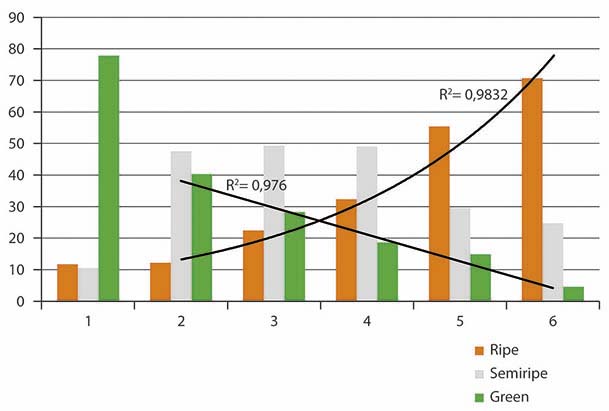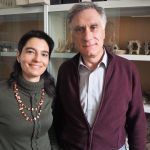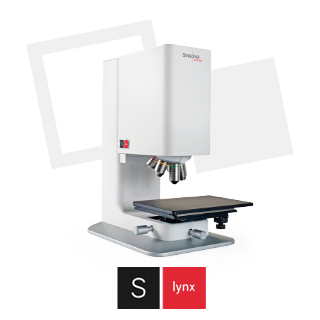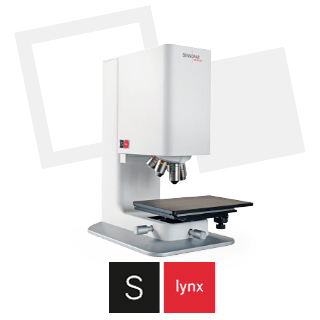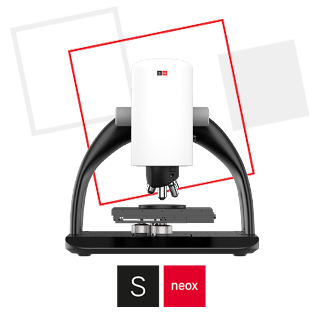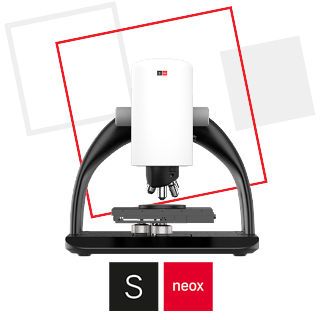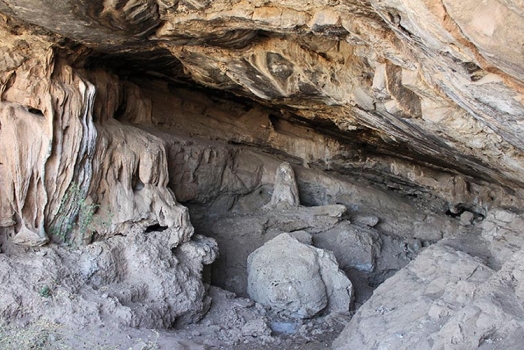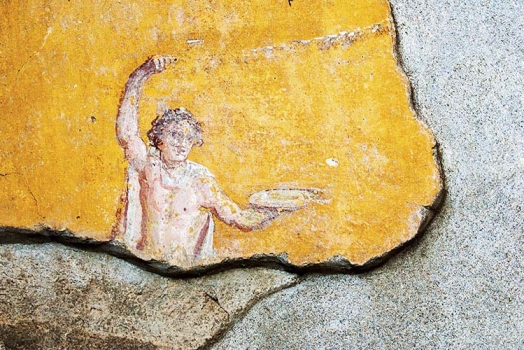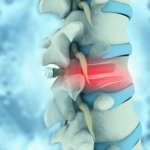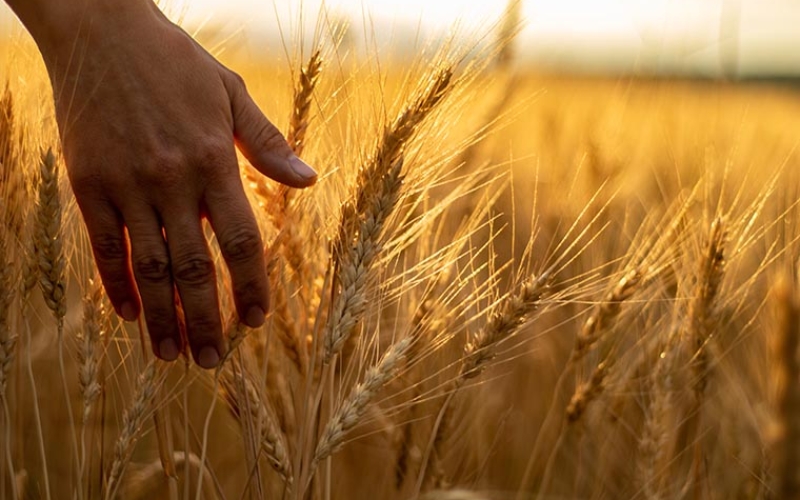
Prehistoric tool use and the evolution of landscapes: a 3D microwear perspective
The IMF(Institució Milà i Fontanals) belongs to the Spanish National Research Council (CSIC) and was founded on 1968. Nowadays, the IMF is focused on doing research on 5 areas of humanities: anthropology, archaeology, medieval studies, history of the science and musicology.
Texture analysis of 3D topographies obtained through Confocal microscopy is providing good results for measuring high precision differences on the characteristics of wear
Wear analysis is used in archaeological research to obtain information on the use of tools as well as dietary patterns from animal and human teeth1-3. 1-. Scott RS, Ungar P S, Bergstrom T S, Brown C A, Grine F E, Teaford M F and Walker A (2005). Dental microwear texture analysis shows within-species diet variability in fossil hominins. Nature 436 693-695. 2-. Evans AA, Donahue RE (2008). Laser scanning confocal microscopy: a potential technique for the study of lithic microwear. J. Archaeol. Sci. 35, 2223-2230. 3-. Gill PG, Purnell MA, Crumpton N, Brown KR, Gostling NJ, Stampanoni M and Rayfield EJ (2014). Dietary specializations and diversity in feeding ecology of the earliest stem mammals. Nature 512 (7514) 303-5. The analysis is usually based on the comparison of wear on experimental tools that were used in known conditions, and on teeth from people and animals of known dietary patterns. These wear pattern references are then compared with the wear observed on archaeological tools and teeth.
The wear characteristics can tell us about how tools were used and in what pasture conditions (e.g., free-range or intensive, forest, open or degraded environment) animals grazed. Traditionally, qualitative or semi-quantitative methodologies have been used to compare the experimental and archaeological wear traces.
During the last decade, texture analysis of 3D topographies obtained through Confocal microscopy is providing good results for measuring high precision differences on the characteristics of wear. This offers unique information on how people behave in Prehistory and the evolution of animal husbandry practices through time.
We are using Confocal microscopy for knowing how, when and where cereals were domesticated in the Near East 11,000 years ago, and how herbivores were managed during Late Prehistory and Early historical times. Wild cereals have to be reaped before maturation to avoid the disarticulation of the ear, while domestic cereals are cut in full ripeness, so the quantity of water in the stems is different depending on the characteristics of the cereals. These differences in humidity induce subtle changes in the texture of the harvesting traces that are present on the edges of the flint sickles. Measuring the texture of the harvesting use-wear traces on experimental tools used for cutting wild cereals in natural stands, cultivated wild cereals, domestic cereals and other types of siliceous plants has allowed us to build discriminant functions characterizing these activities (Figure 1).
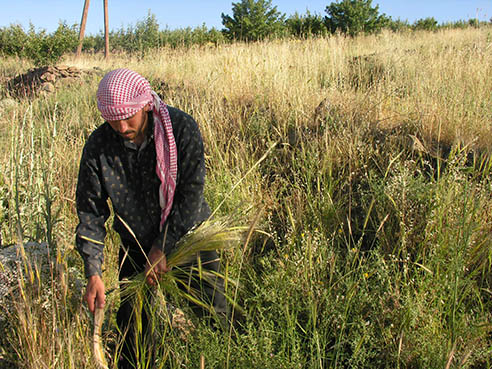
Wild cereals (wheat and barley) were harvested in natural stands with sickles made with flint blades at least 23,000 years ago. Our research using 3D Confocal microscopy has revealed that ten millennia later wild cereals started to be cultivated. This manipulation, year after year, caused the genetic modifications addressing the appearance of the first domestic species,
which are documented around 10,500 years before present.4
4-.
Ibáñez JJ, Anderson PC, González Urquijo JE, and Gibaja J (2016). Cereal cultivation and domestication as shown by microtexture analysis of sickle gloss through confocal microscopy. Journal of Archaeological Science 73, 62-81.
Used on domestic animals, 3D texture analysis reveals changes in the dietary patterns linked to animal husbandry regimes (e.g. intensive stalling, free range pasture) as well as the degree of pressure over pastures. So far, we measured wear texture on a pilot study of modern and archaeological teeth.
The teeth of two groups of modern goats of known dietary patterns were selected: one group was fed in pastures, while the other one was fed in the forest. Measuring teeth textures from both groups allowed us to obtain an algorithm discriminating them. We are now using this capacity to know how caprine management changed from the Late Bronze Age to Late Antiquity in different archaeological sites.
Some images (Figure 2-5) of wear were obtained using a Sensofar PLu neox with the 20X brightfield objective. Samples of these images were processed and measured with the advanced data analysis SensoMAP software. After levelling the surface, we used a spatial filter to separate wear texture from the irregularities of the flint surface, which can be considered as background noise.
This filtering is not needed when teeth texture is measured. For measuring texture, we chose the combination of parameters offering better discriminatory capacity through discriminant function analysis. Quadratic discriminant function analysis was used for building a predictive model for group membership (Figure 6), while the classification rule of the predictive analysis is based on Bayes’ theorem.5 5-. Gelman A, Carlin JB, Stern HS, and Rubin DB (2003). Bayesian Data Analysis. Second Edition, CRC Press.
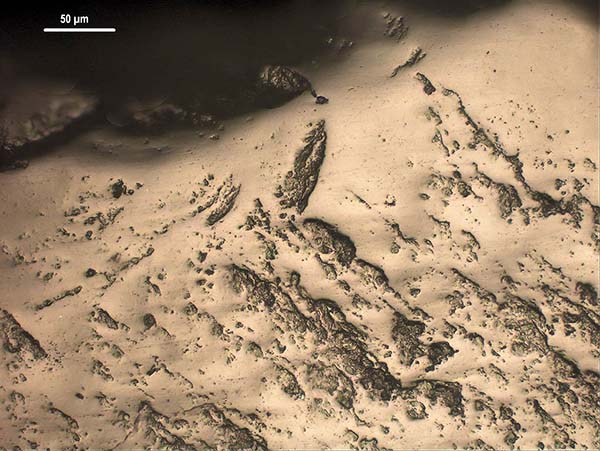
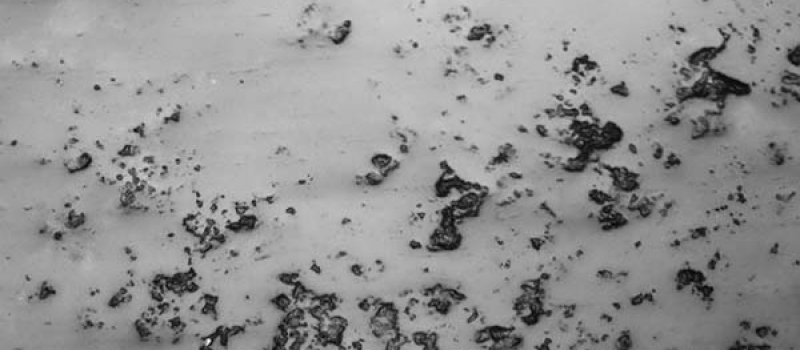
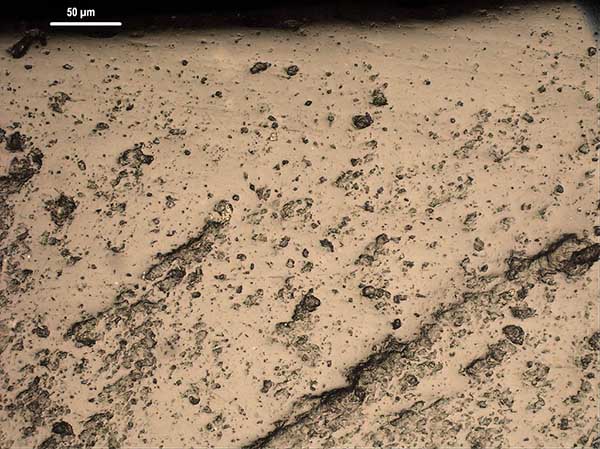
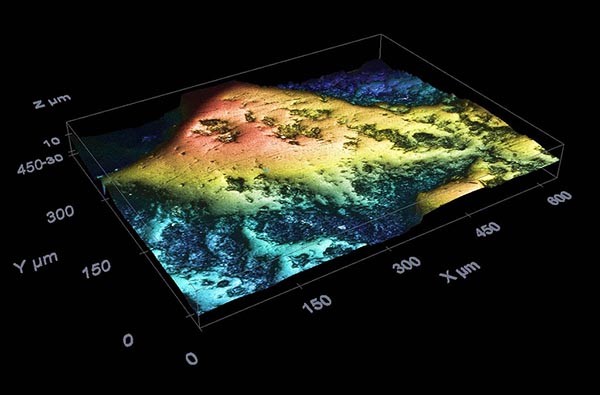
The 3D optical profilometer PLu neox in Confocal mode is a very useful method for the analysis of archaeological objects as it is precise, quick and non-invasive. In this way, relevant information can be obtained on the nature and characteristics of processes entailing wear (elaboration activities, use, diet, taphonomic alterations…) on surfaces of archaeological materials. The analysis of Prehistoric sickles recovered from Near Eastern sites dated from 13,000 to 9,000 years before present (BP) has shown that wild cereals were being cultivated in the Middle Euphrates during the 13th millennium BP.
Our data also suggest that cultivation of wild cereals continued during two millennia, pointing to this area as a zone where cereal domestication was developed. We also showed that harvesting unripe (green, Figure 6) cereals persisted up to the 10th millennium BP, most probably indicating that there was occasional collection of cereals from wild stands, probably at times of crop failure.4 4-. Ibáñez JJ, Anderson PC, González Urquijo JE, and Gibaja J (2016). Cereal cultivation and domestication as shown by microtexture analysis of sickle gloss through confocal microscopy. Journal of Archaeological Science 73, 62-81. cereals persisted up to the 10th millennium BP, most probably indicating that there was occasional collection of cereals from wild stands, probably at times of crop failure.4 In the case of caprine management, we are currently analyzing the data and results will be published soon.
